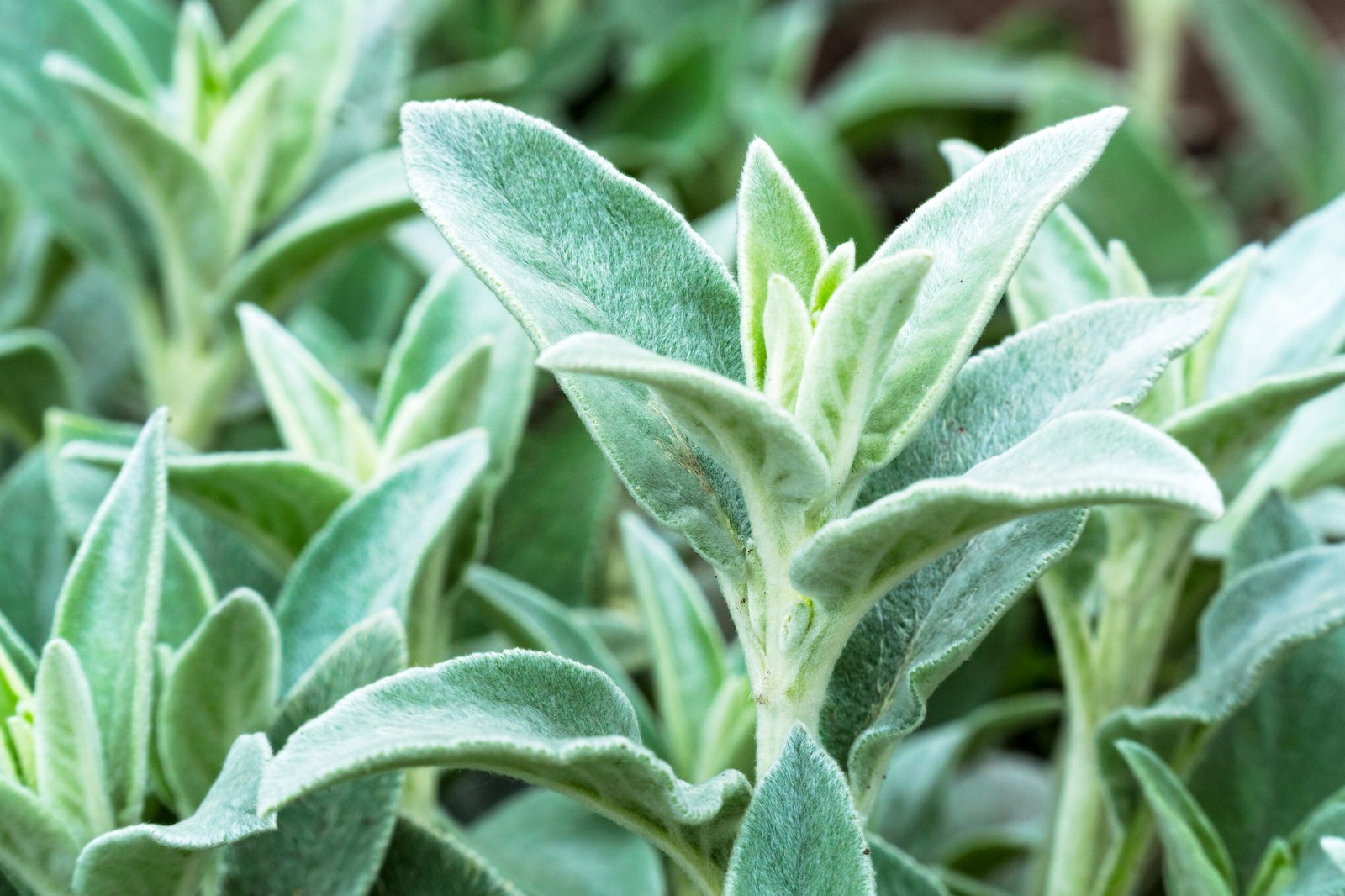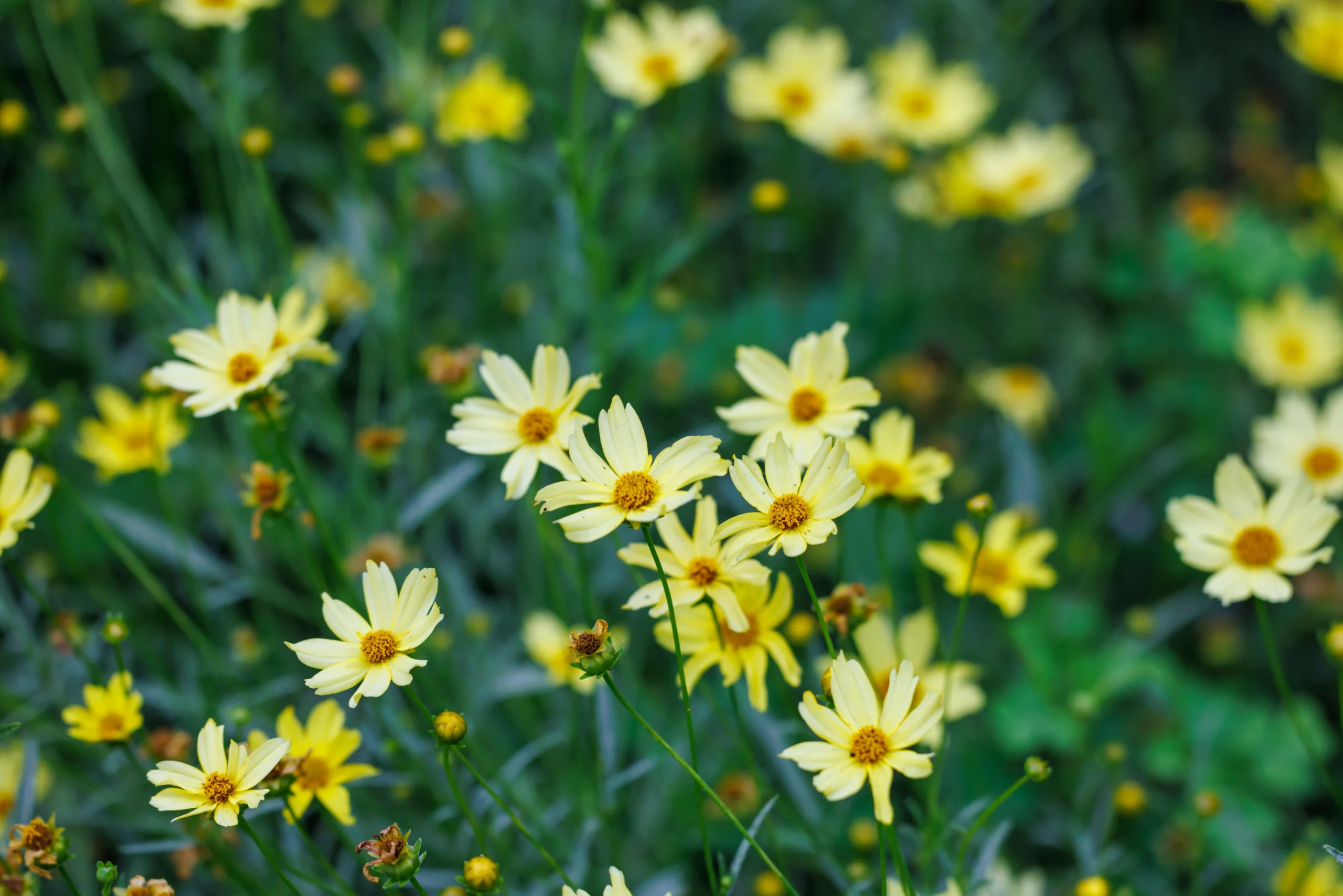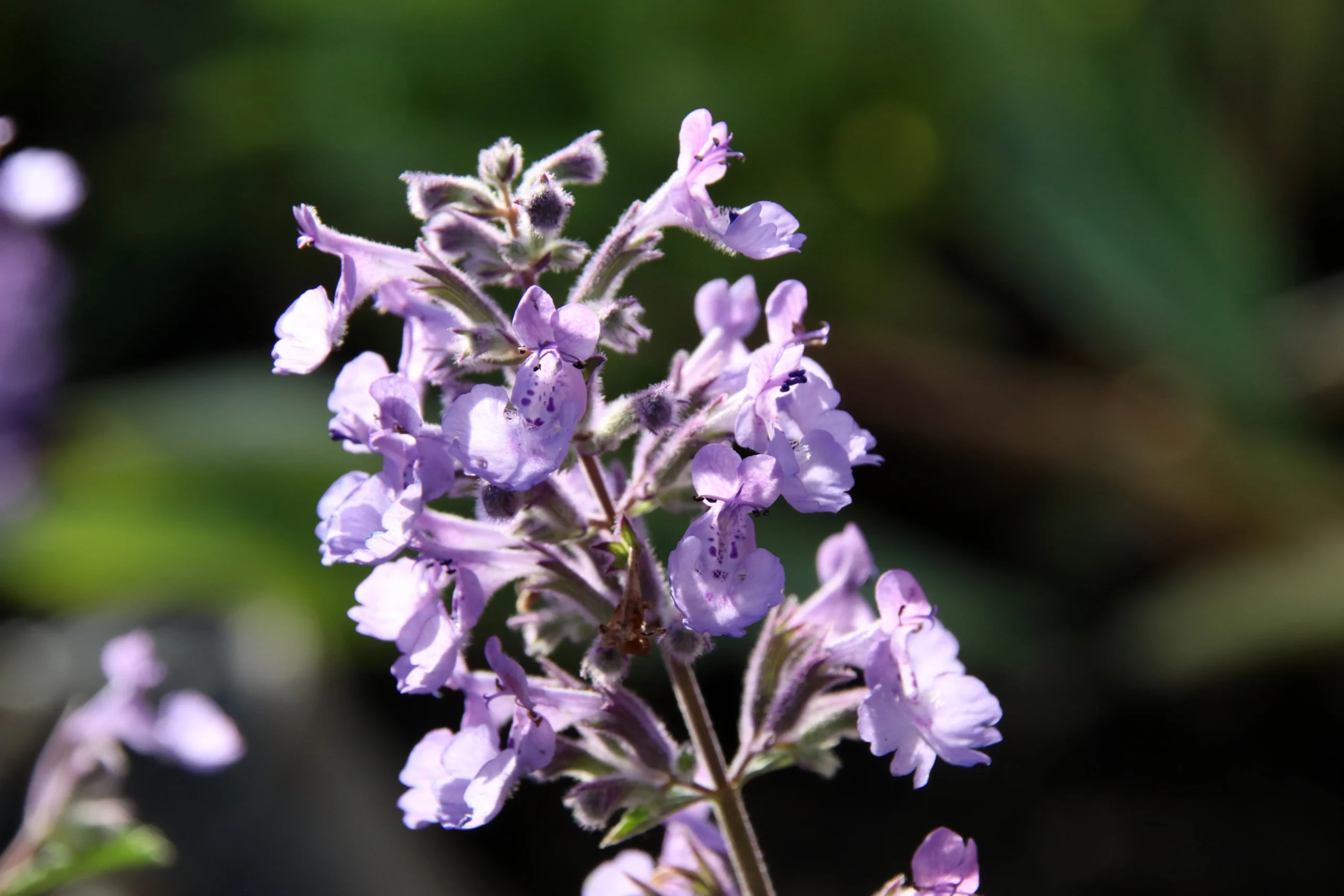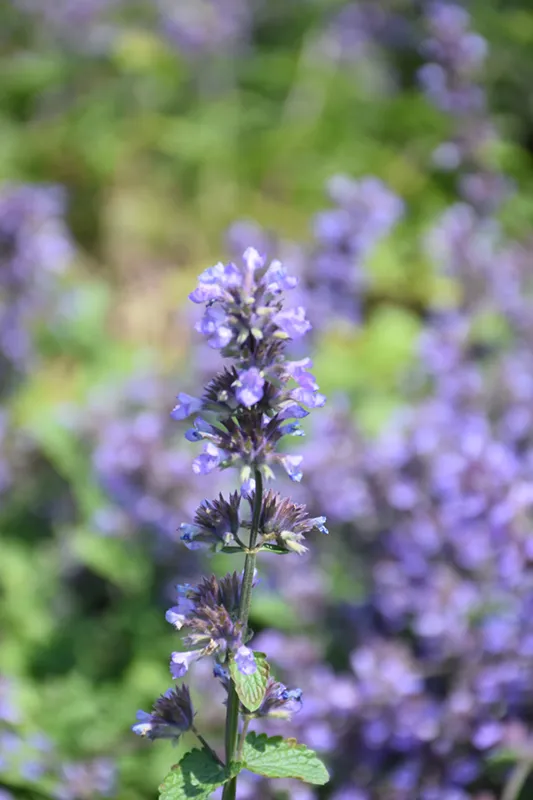Dive into the fascinating world of plants with our curated plant database, a hub of knowledge featuring a wide array of plant species. From vibrant blooms to rare specimens, explore the intricate details and diverse characteristics of the plant kingdom.
Stachys byzantina 'Helene Von Stein'
Coreopsis 'Crème Brûlée'
Nepeta faassenii 'Novanepjun'
Nepeta x faassenii 'Cat's Pajamas'
Catmint, known botanically as Nepeta, is a highly versatile and attractive perennial herb that is a favorite in many gardens for its fragrant foliage and abundant blooms. This plant is part of the mint family, Lamiaceae, and is closely related to herbs like lavender and sage. Catmint is often appreciated not just for its ornamental appeal but also for its ability to attract pollinators and repel certain pests.
The catmint plant typically features gray-green foliage and a bushy growth habit, with numerous small, tubular flowers that can range in color from soft lavender-blue to white. The plant is particularly known for its aromatic leaves, which have a soothing, minty fragrance and are a favorite among cats, thus the name.
Nepeta, or catmint, flowers are small but prolific. They bloom in whorls along spikes that rise above the foliage, creating a soft, billowy effect that’s particularly attractive in borders, rock gardens, or as a ground cover. The flowers are a magnet for bees, butterflies, and other beneficial insects, making catmint a great choice for pollinator-friendly gardens.
As a perennial, catmint returns each year, providing consistent beauty with minimal effort. It’s a hardy plant that thrives in a variety of conditions, though it prefers well-drained soil and full sun to partial shade. Catmint is also drought-tolerant once established, making it a good choice for water-wise landscapes.
The bloom time for catmint typically starts in late spring and can continue through to early fall, depending on the variety and growing conditions. Some varieties may bloom continuously, while others might have a more defined bloom period followed by sporadic reblooming.
Nepeta catmint includes several popular varieties, such as Nepeta faassenii (commonly known as Faassen’s catmint), which is often used in landscaping for its neat growth habit and long blooming season. Another popular variety is Nepeta racemosa, known for its more compact size and profuse flowering.
In summary, catmint (Nepeta) is a delightful addition to any garden, offering both aesthetic appeal and practical benefits. Its fragrant foliage, attractive flowers, and ability to attract pollinators and deter pests make it a versatile plant suitable for a range of garden styles and purposes. With its easy care and long blooming period, catmint is a favorite among both seasoned gardeners and novices alike.
Sign up below to get exclusive deals, discounts, and new plant collections—delivered straight to your inbox! Plus, stay inspired with the latest gardening tips, landscaping trends, and DIY garden ideas. Start growing with us today!
A big thank you for subscribing to the PBN Design newsletter.
We're thrilled to have you join our community. Get ready for exciting updates, insightful content, and more delivered straight to your inbox.
Stay tuned!
Go back



;)
